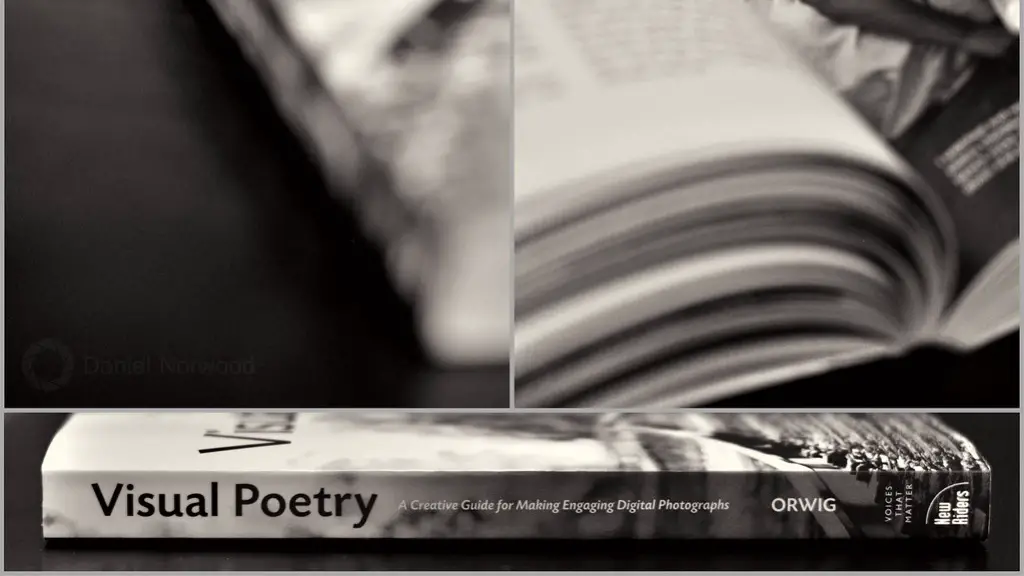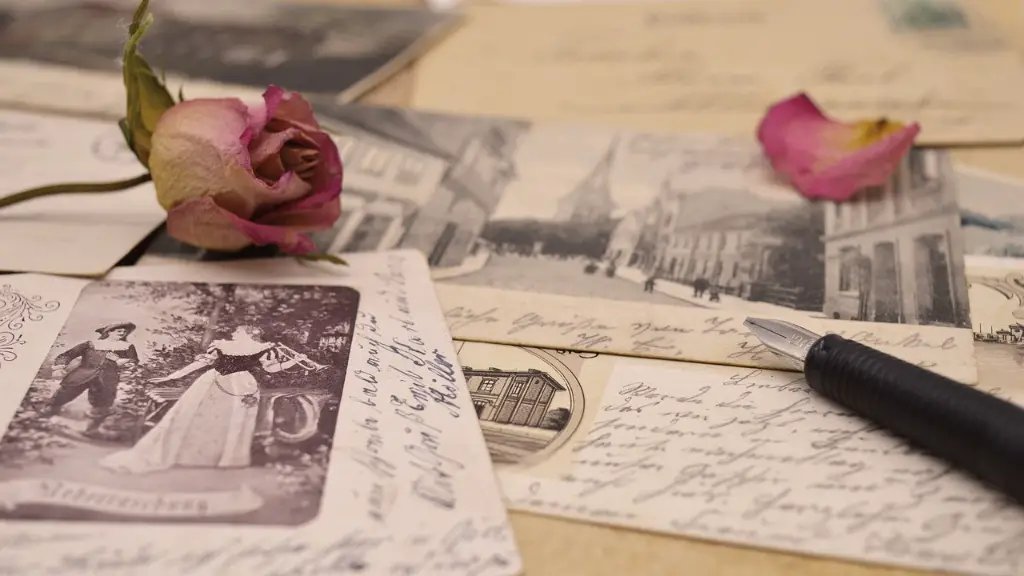Definition of Enjambment
Enjambment is a poetic device used in literature to connect two or more lines of verse while carrying a thought from one line to the next with the presence of punctuation. It occurs when a line of poetry continues to the next line without being broken by a full stop, creating a verbal link. The term ‘enjambment’ comes from the French word meaning ‘to straddle or support’ and has also been referred to as ‘breaking off’ in English literature. Enjambment has served an essential role in poetry for centuries, forming rhythms and shifting the emphasis of a verse.
How Does Enjambment Work?
When a poet writes in enjambment, the reader is forced to read the poem by taking part in the poet’s storytelling. The reader notices as the story builds and forms a pattern of thought. This requires the reader to think upon each line, as they look ahead to the continuity of the following. Consequently, they become more engaged by the poem and build more meaningful memories of it.
Moreover, enjambment allows the poet to hold back information until the most appropriate point in the poem, resulting in dramatic instances and increased suspense. This form of breaking up lines so that a sentence surpasses the standrad sentence structure, gives the poet a chance to provide surprises in their writing and draw the reader in even further. In conclusion, the result of this poetic device is an enhance of emotion as it provokes thoughts and develops ideas within the poem.
Examples of Enjambment in Poems
Enjambment can be seen in a wide range of classic and contemporary poetry, with some poets exhibiting a natural flair for turning thoughts and ideas into vivid images. Whether it’s used to great effect, or simply passed off unnoticed by the reader, it’s a poetic device that will be seen in all types of poetry, no matter the style.
One of the most prolific uses of enjambment can be found in William Wordsworth’s poem “Daffodils,” where he writes: “I wandered lonely as a cloud /That floats on high o’er vales and hills.” The use of enjambment in this classic British poem creates an immediate visual image in the reader’s mind and captures a sense of movement and freedom.
Other examples of enjambment can be found in contemporary poetry, such as in W.H. Auden’s “ Look, Stranger!” where he writes: “The unmentionable odour of death / Offends the September night.” Here, the sense of fear and foreboding is heightened by the use of enjambment and the ominous atmosphere that is created.
Enjambment In Rap Music
Enjambment is also commonly seen in rap music and hip hop lyrics, where it is referred to as ‘flow’. Flow means that the lyrical content is performed in a flowing manner, using the words of lines to ‘run’ on and merge together. This type of enjambment enables the rapper to create a story and tell their tale over a beat or a series of beats.
For example, in Missy Elliott’s “ Work It”, she flows in and out of lines with ease and ease off without missing a beat: “Can you work it (Yeah!) / You gotta put in work (Yeah!) / But don’t make it seem too hard (Yeah!) / Let me break it down to the flow (Yeah!)” Here, she utilises enjambment to great effect and her delivery adds to the emotion of the song.
The Impact of Enjambment on the Reader
Enjambment has the capacity to add complexity and richness to a poem, altering the effect that it has on the reader. By breaking words up and carrying them through lines, a poet can create new experiences and feelings within the text that were not there before. They can draw the reader in with the slightest of changes in rhythm, explore deeper meanings and create a vivid image that holds within its own separate universe.
The beauty of enjambment is that it can be used to sum up ideas and opinions in a way that allows the reader to ponder on what has been read, consequently creating much more vivid and lasting memories of the poem. All of these effects come together to create an experience of beauty and emotion that can be achieved by no other means.
Conclusion
Enjambment is an essential device in literature, used for centuries by authors, poets and musicians to capture the attention of their audience and create a story that transports readers and listeners alike. By breaking up lines and playing with rhythm, poets can create powerful images, develop ideas and craft evocative storytelling that enthralls readers and leaves a lasting impression.


